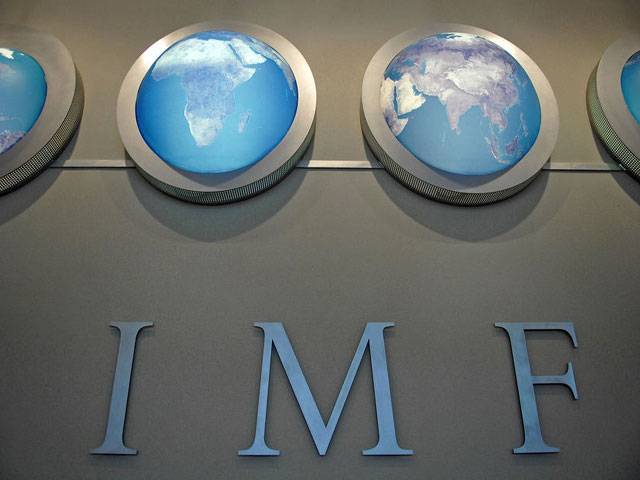ISLAMABAD : The International Monetary Fund (IMF) has projected that Pakistan could not achieve the economic growth's target of 4.2 per cent during current financial year 2012-2013 as it would remain at 3.5 per cent.
The IMF in its report "World Economic Outlook" has noted that Pakistan's real GDP growth would remain 3.5 per cent in the ongoing fiscal year 2012-2013 that would further decline to 3.3 per cent in the coming financial year 2013-2014. Pakistan has projected that GDP growth would be at 4.2 per cent in the year 2012-2013. However, IMF and Asian Development Bank (ADB) have estimated that country could not achieve the target, as ADB already projected that GDP growth would be at 3.6 per cent in the fiscal year to be ended on June 30 2013.
The IMF report forecasted that consumer price inflation would remain at 8.2 per cent during the current fiscal year 2012-2013 that would surge to 9.5 per cent in the financial year to come 2013-2014. Similarly, the current account deficit has been estimated at 0.7 per cent during the ongoing financial yea 2012-2013, which would be at 0.8 per cent in next fiscal year.
According to the report, unemployment rate has been projected to increase to 9.2 per cent during the current fiscal year 2012-2013 as compared to 7.7 per cent of the preceding year 2011-2012. The report predicted that unemployment rate would further enhance to 10.7 per cent in the year to come (2013-2014). "In Pakistan, high fiscal deficits and a difficult business climate are contributing to a sharp fall in private investment and growth", said the IMF report.
Apart from Pakistan, the world economic outlook has worsened over the past three months and growth will stay flat this year, as the International Monetary Fund said the world economy should grow by 3.3% in 2013, down from a January forecast of 3.5%, leaving the pace of growth little changed from 2012. Growth should then pick up to 4% in 2014, it added. In advanced economies, activity is expected to gradually accelerate, starting in the second half of 2013. Private demand appears increasingly robust in the United States but still very sluggish in the euro area. In emerging market and developing economies, activity has already picked up steam.
Thursday, April 18, 2024
Pakistan to miss 4.2pc growth target: IMF

Hepatitis Challenge
April 18, 2024
IMF Predictions
April 18, 2024
Wheat War
April 18, 2024
Rail Revival
April 17, 2024
Addressing Climate Change
April 17, 2024
Justice denied
April 18, 2024
AI dilemmas unveiled
April 18, 2024
Tax tangle
April 18, 2024
Workforce inequality
April 17, 2024
New partnerships
April 17, 2024
ePaper - Nawaiwaqt
Advertisement
Nawaiwaqt Group | Copyright © 2024





